The Esteemed Gentleman Articles
The Definitive Guide To Cigar Terms, Definitions, And Lingo
There are many terms used in the world of cigars. In this article we created a definitive guide to cigar terms, definitions, and lingo for beginners, intermediates, and advanced smokers so you can walk the walk and talk the talk at your next herf. What's a herf? Find out below:
Note: If you are new to cigars or need a refresher, we recommend you read our guide on cigar etiquette before diving into the terms and lingo below:AGING (also known as RESTING) – Allowing the tobacco to rest under ideal conditions to mellow the overall flavour. Some factories age their tobacco before rolling. Some cigar connoisseurs age their cigars in humidors for weeks, months, or even years before smoking them.
ASH – The lit end of a cigar. Typically white, grey, and/or black in colour. The colour of the ash depends on the mineral content from the soil which the tobacco was grown in.
BAND – A piece of decorative paper wrapped around the cigar. Typically colourful and artistic, it is used to easily identify the brand and/or cigar.
BELICOSO (Shape) – A shape of cigar similar to a torpedo but with a rounded tip instead of a point.
BINDER – The middle layer of tobacco in a cigar. It typically has little to no flavour. Its role is similar to glue; it binds the filler to the wrapper, creating a stiffer cigar.
BLEND – a term used to describe the overall flavour profile of the cigar produced by the variety of leaves used in the rolling process.
BOMB – Used to describe a cigar that has a very strong and prominent flavour profile: pepper bomb, leather bomb, etc.
BONCHEROS – Cigar rollers.
BOX PRESS (Shape) – A shape of cigar that is flat on four sides. Typically created by tightly packing fresh, regular parejo-sized cigars into a box.
BUNCH – A term used to describe the combination of binder and filler leaves used in a cigar.
CANDELA (Leaf) – A green wrapper leaf. The green appearance is achieved by harvesting the tobacco leaves before they've had time to mature and drying them quickly to restrict the chlorophyll inside the leaves. The result is typically a sweet grassy flavour.
CANOEING - When one side of your cigar burns faster than the other, resulting in the wrapper looking like a canoe with the ash sitting inside. Canoeing can be fixed by igniting the unlit side until it's even with the ash, or by wetting the wrapper under the ash on the lit side to slow the burn.
CAP – The piece of wrapper that covers the head of the cigar (the end you draw from). Its primary function is to prevent the cigar from unraveling. The cap sometimes has two or three layers, which is a sign of quality. The cap end needs to be cut before you can smoke your cigar.
CAT'S EYE – Another term used for a V cutter.
CEDAR SPILL – A thin piece of cedar used to light cigars. It is utilized by first lighting it with a match or lighter, letting the cedar burn for a few seconds (to burn off any unwanted chemicals from the match or lighter), and then transferring the flame from the cedar spill to the cigar.
CELLOPHANE – The thin, clear, protective sleeve used to protect cigars. It helps regulate humidity in the cigar as well as protect from tobacco beetles and from damage caused by dropping or improper handling.
CHAVETA – A small, handheld piece of curved steel used to cut and trim the wrapper leaf during the cigar making process.
CHEROOT (Shape) – A cigar similar in shape to a parejo but open at both ends.
CHURCHILL (Size) – A long cigar, typically measuring 7" with a 44-50 ring gauge. Named after Sir Winston Churchill.
CLARO (Leaf) – Also known as "Connecticut", it is a very light brown, sometimes pale green, wrapper leaf. Extremely mild in flavour. Great for beginners.
CLOSED FOOT – When the wrapper wraps around the foot of the cigar, giving the smoker a few draws of just the flavour from the wrapper before the filler starts burning. Do not cold draw these cigars, as you may blow out the closed foot.
COLD DRAW – Pulling air through the cigar into your mouth before lighting it. A cold draw can give you an initial impression of the cigar's flavour.
COLD PURGE – Slowly pushing air through the cigar before lighting it. This process can expel short pieces of tobacco that may get stuck in your teeth or fall onto your lap after you light your cigar.
COLORADO (Leaf) – Similar to a Claro but with a reddish-brown hue instead of green.
COLORADO CLARO (Leaf) – Medium brown tobacco leaves.
COLORADO MADURO (Leaf) – Dark brown tobacco leaves, almost verging on black.U sually known simply as maduro in the cigar community.
CORONA (Size) – One of the most popular cigar sizes, it typically measures 5.25"-5.75" by 42 ring gauge.
CUBAN SANDWICH – A universal term for the combination of long-filler and short-filler tobacco used in a single cigar. Also referred to as mixed filler.
CUBAN SEED – Tobacco grown outside of Cuba with seeds that originated in Cuba.
CULEBRA (Shape) – A group of 3 panetela cigars braided together with one singular band. The three cigars are meant to be separated and smoked individually.
CUTTER – A tool used to remove the cap from a cigar. The three main types of cutters are punch cut, straight cut, and V-cut.
DIPPING – Dipping the cap end of your cigar into a spirit like whiskey or tequila. This is widely frowned upon by the cigar community. It's likened to putting ketchup on a steak. If you respect your cigars and the craft, never do this.
DOUBLE CORONA (Size) – A larger cigar size, typically 7.5" long with a ring gauge between 46-52.
DRAW – Pulling air through the cigar into your mouth. Never inhale cigar smoke into your lungs. The smoke should only go into your mouth and out through your mouth and nose (also known as retrohaling).
ESCOGIDA – Where cigars are organized and sorted by colour for uniformity and visual appeal before being packed.
FIGURADO (Shape) – A classification of cigar shapes that aren't considered traditional (Parejos). These shapes include belicosos, chisels, perfectos, pyramids, Salomons, and wafes.
FILLER – The innermost layer of a cigar. Filler is typically made up of multiple leaves and used in conjunction with the wrapper to create a "blend" or flavour profile.
FINISH – How long the flavour of a cigar lasts on your palate. Darker cigars typically (but not always) have stronger flavour profiles, so the finish will last longer than that of a lighter, milder cigar.
FOOT – The end of the cigar you light. Opposite end from the cap and head, which is the end you cut and draw from. (Want to know how to properly light the foot of your cigar? Read our guide to find out!)
GUILLOTINE CUTTER (Cutter) – Often referred to as a straight cutter, this type of cutter makes a straight cut through the cap of the cigar.
GORDITA (Size) – A short, fat cigar typically 4.25-4.5" long and with a ring gauge of 60.
GORDITO (Size) – A variation on the gordita, these cigars are usually 5.5" long with a ring gauge of 50. This size is very common in Cuba.
GORDO (Size) – Considered by some as the daddy toro, gordo cigars measure in around 6" in length and a ring gauge of 58-64.
GRAN CORONA (Size) – A very long cigar, usually measuring 9" or longer with a 45-48 ring gauge.
GRAN PANETELA (Size) – A long, thin cigar, measuring around 7" long and with a ring gauge around 36-40.
GUM – A term used for the pectin or vegetable gum used to adhere the cap to the cigar.
HABANO – A term used to classify Cuban cigars.
HALF WHEEL – A bunch of 50 cigars.
HEAD – The end of the cigar you draw from. Sometimes referred to as the cap. Opposite end of the cigar from the foot.
HERF – a term used when a group of cigar smokers get together to discuss their favourite sticks. Think of it like a book club but for cigars.
HUMIDOR – A cedar-lined box used to store cigars. It is designed to lock in and maintain humidity. They aren't temperature controlled and need to be monitored more than a wineador.
HYGROMETER – An instrument used to measure relative humidity and temperature inside a humidor, tupperdor, or wineador. Available in both analog and digital variations, digital is widely preferred due to its accuracy and legibility.
LANCERO (Size) – A long, narrow cigar. Usually 7"-7.5" in length and a ring gauge of 38-42.
LIGERO (Priming) – The oldest and strongest of tobacco leaves. Usually used as filler.
LONG FILLER – Whole tobacco leaves used in cigars. They can range from 6" to 2' or more in length depending on the type of tobacco plant and age of leaves.
LONSDALE (Size) – Similar to a lancero but not as long. They are usually 6-7" in length with a slightly larger ring gauge, measuring in between 42-44. Some people also call them double coronas.
LOOSE DRAW – A cigar that has too much air passing through it, causing it to burn too fast and become very hot. This can lead to the wrapper burning unevenly.
MADURO (Leaf) – A dark brown tobacco leaf, also known as a Colorado Maduro.
MASTER BLENDER – An experienced person in the world of cigars who creates and tests different blends of tobacco for optimal flavours and experiences.
MIXED FILLER – A term used for the combination of long-filler and short-filler tobacco in the same cigar. Also known as a Cuban sandwich.
NUB/NUBBER – A tool used to hold the cigar when it is getting short to hold safely. It typically consists of a needle or spear with a holder usually made from metal, plastic, or wood.
OPEN FOOT – The most common type of foot on a cigar. Easy to spot since one end will be flat (the foot) and the other end will be rounded or pointed (the cap) You can see the filler tobacco clearly.
OSCURO (Leaf) – Dark tobacco leaves, typically black in appearance. These leaves are typically very strong and not for the faint of heart.
PANETELA (Size) – A long, thin cigar typically measuring 5-7" in length and a ring gauge of 34-38.
PAREJO (Shape) – A classification of cigars that are cylindrically shaped. They are uniform in size, not bulbous or flared like belicosos, perfectos, or pyramids. Parejos are the most common cigar shape.
PERFECTO (Shape) – A cigar that is tapered at both ends and is usually wider in the middle, creating a bulbous appearance.
PETIT CORONA (Size) – A smaller version of a corona, these cigars are usually 4.5"-5" in length with a ring gauge of 38-42.
PLUME – A powdery substance often associated with the buildup of natural oils on the cigar. Some enthusiasts prefer this substance on their cigars, claiming it adds flavour; others detest it. The cigar community argues whether plume actually exists or if it's just mold on a cigar.
PRIMING – A term used to describe the different sections of tobacco leaves on a plant. Each section is used in different portions of the cigar, creating different flavours. The most common primings on a tobacco plant are (from lowest to highest): volado, seco, viso, and ligero. Strength is directly proportional to the height of the plant, with the strongest and thickest leaves being at the top.
PUNCH CUT (Cutter) – A cutter designed to make a hole in the cap of the cigar. Some smokers claim that the concentrated smoke allows the smoker to taste more flavours.
PURGING – Slowly exhaling through the cigar to cool it and reduce bitter flavours as you smoke through it.
PURO – A Spanish term used for a cigar that contains tobacco from just one country.
PYRAMID (Shape) – A cigar that has a pointy head and widely flares out to the foot.
RELATIVE HUMIDITY (RH%) – The amount of humidity in the air. If a cigar becomes too dry, it will become brittle and could break or crack during smoking. If the air is too humid, the cigar won't burn evenly and can develop mold.
RESTING – Keeping a cigar in your humidor for an extended period of time before smoking. Depending on the conditions in your humidor and where you live, it is advantageous to let cigars rest for a week or two before smoking so they acclimate to the humidity and temperature inside your humidor. Think of it like acclimating new fish to an aquarium.
RETROHALING - Exhaling a small portion of cigar smoke (10-30%) out your nostrils, enhancing the flavours of the cigar.
RING GAUGE – The diameter of a cigar, measured in 64ths of an inch. A ring gauge of 48 would be 48/64 of an inch, or ¾" diameter.
ROBUSTO (Size) – One of the most popular cigar sizes worldwide, it is typically 4.75-5.25" long with a ring gauge of 48-52. Most common robusto cigars are 5x50 (5" long with a ring gauge of 50/64ths).
SALOMON (Size) – A large figurado cigar that measures 7.25-7.5" long and a ring gauge of 56-60 at its thickest point. It looks similar to a perfecto but stretched out. These cigars are rare due to the skill required to roll them correctly.
SECO (Priming) – The lower priming of the tobacco plant usually used in the filler. It's quite mild compared to the other primings (ligero and viso).
SHAGGY FOOT – These cigars look like the filler is peeking out from under the wrapper. This is so the smoker can get a taste of the filler blend before the wrapper.
SHORT FILLER – The chopped-up tobacco leaves typically discarded by rollers that are discarded from long filler leaves. These are typically used in cheap cigars or combined with lower grade long filler leaves to create Cuban sandwiches (also known as mixed filler cigars).
SHOULDER – The part of the cigar directly under the cap. You never want to cut this deep into a cigar, as it may unravel on you.
STACKING – A term used for creating and obtaining a long ash. Sometimes called stacking dimes.
STICK – Informal term used for an individual cigar.
STOGIE – A term used to describe old rustic-looking cigars like the kind you'd find in old western movies. Trivia: The term originated from cigars originally rolled in Conestoga, Pennsylvania.
STRAIGHT CUT (Cutter) – Sometimes referred to as a guillotine cutter, this cutter consists of two blades that are used to make a straight cut through the cap.
TOASTING THE FOOT – The technique of lighting the foot of a cigar for optimal flavour, uniform burn, and most enjoyment. It seals the wrapper to the filler, giving the cigar the flavours that the master blender intended.
TOBACCO BEETLE – Small beetles that are found on the underside of tobacco leaves, typically difficult to spot by the untrained eye. They can hatch inside cigars when the temperature reaches 75F or above and burrow through the cigars. If your cigars aren't in cellophane, tobacco beetles can spread to and destroy other nearby cigars.
TOOTH – Used to describe the small bumps found on a cigar's wrapper. These are oil deposits that have built up over time, which are signs of pronounced flavour.
TORO (Size) – A popular size of cigar in North America, a typical toro cigar is 6" long with a ring gauge of 50-54.
TORPEDO (Shape) – Similar in shape to parejo cigars, the cap end of a torpedo comes to a point rather than being rounded.
TUNNELING – When the filler leaves of a cigar burn faster than the wrapper, a tunnel can form inside the cigar, which can lead to overheating and a muted flavour profile.
TUPPERDOR – A way of storing cigars using Tupperware containers. Typically outfitted with a hygrometer and humidification system.
V CUTTER (Cutter) – Sometimes called a cat's eye, this type of cigar cutter makes a deep V through the cap, maximizing the tobacco's total surface area. Some smokers claim this type of cut allows the smoker to experience the most flavour from the cigar blend.
VISO (Priming) – Filler leaves found in the middle of the tobacco plant. It's not as strong as the higher ligero primings but is stronger than the lower seco primings.
VITOLA (Shape and Size) – A universal term used to describe a cigar's shape and size.
WAFE (Shape) – A short, flat cigar that resembles a wafer cookie. These are very rare.
WHEEL – A bundle of 100 cigars.
WINEADOR – An electric humidor with cedar shelves and/or drawers that incorporates fans and temperature control systems to keep cigars at ideal conditions.
WRAPPER – The outermost piece of tobacco on a cigar. It's usually the most visually appealing and should be without flaws or imperfections.
YARD 'GAR - Cheap cigars you can enjoy while doing outdoor activities like mowing the lawn, raking leaves, or building a shed. A cigar that won't make you cry if it accidentally falls on the ground or gets wet.
When you subscribe to the article, we will send you an e-mail when there are new updates on the site so you wouldn't miss them.



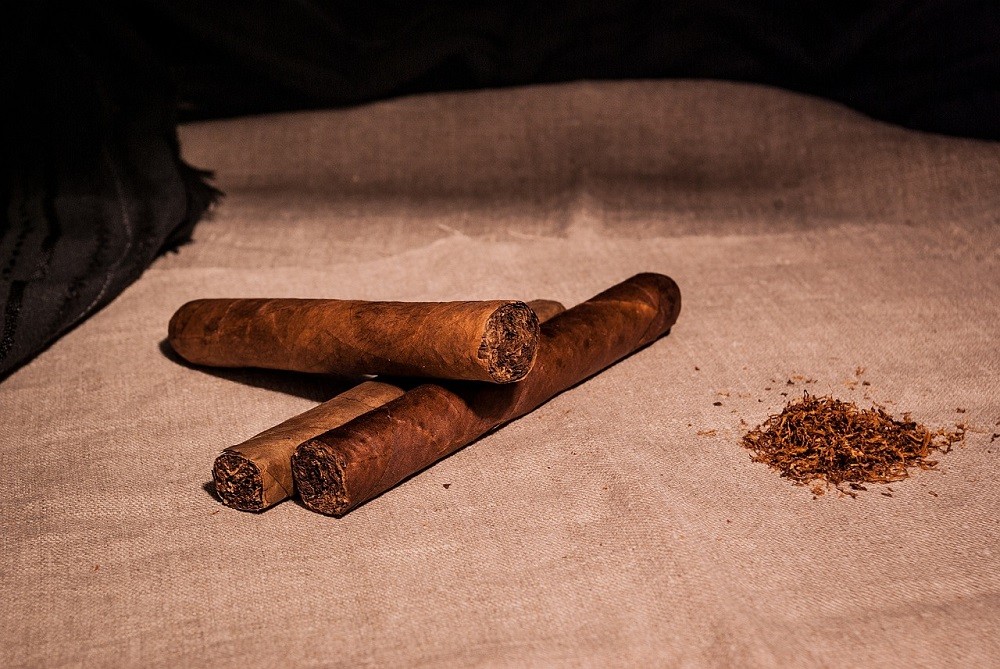
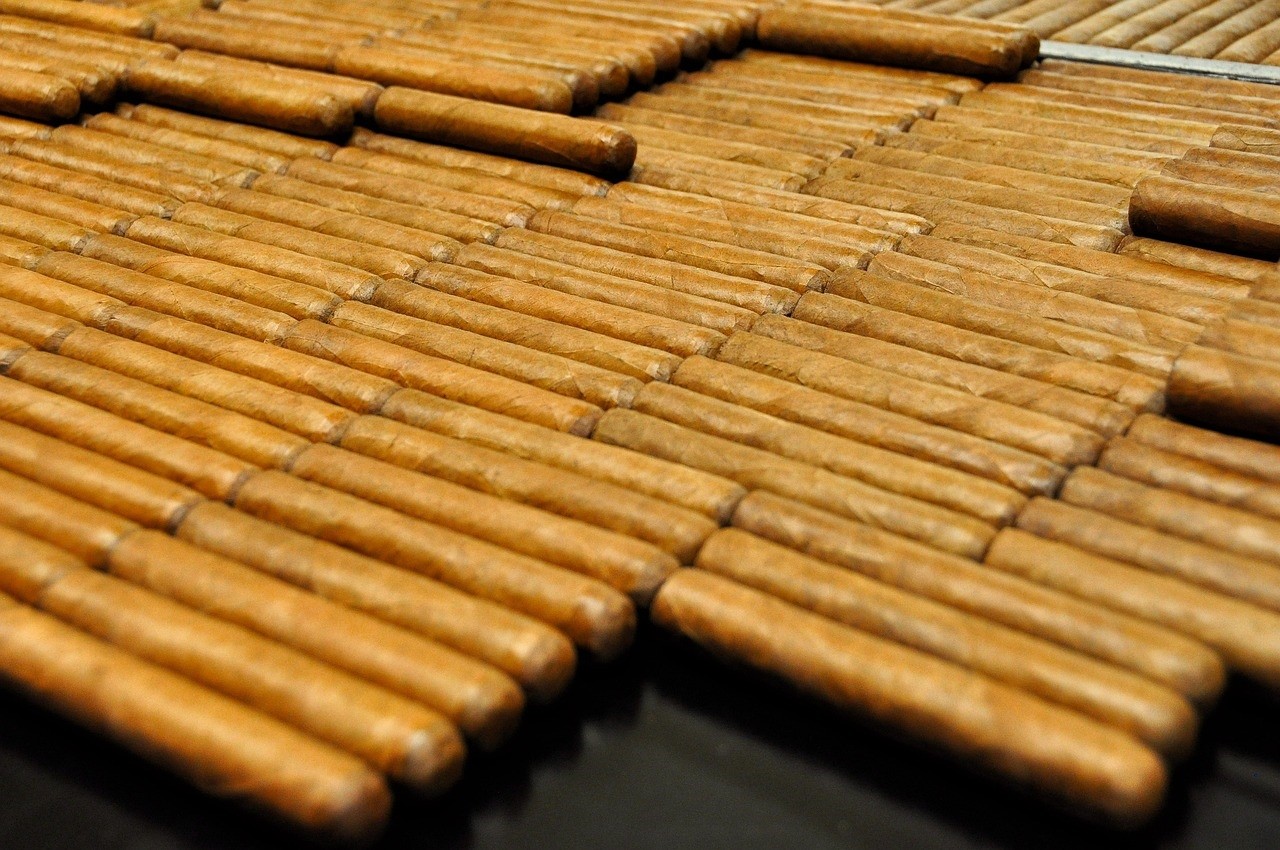
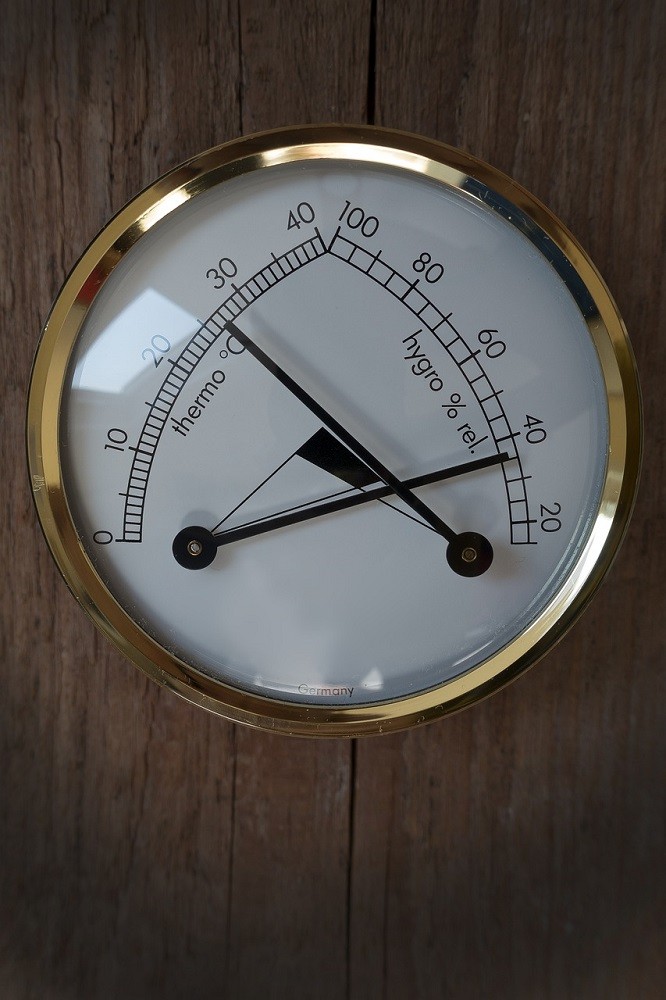
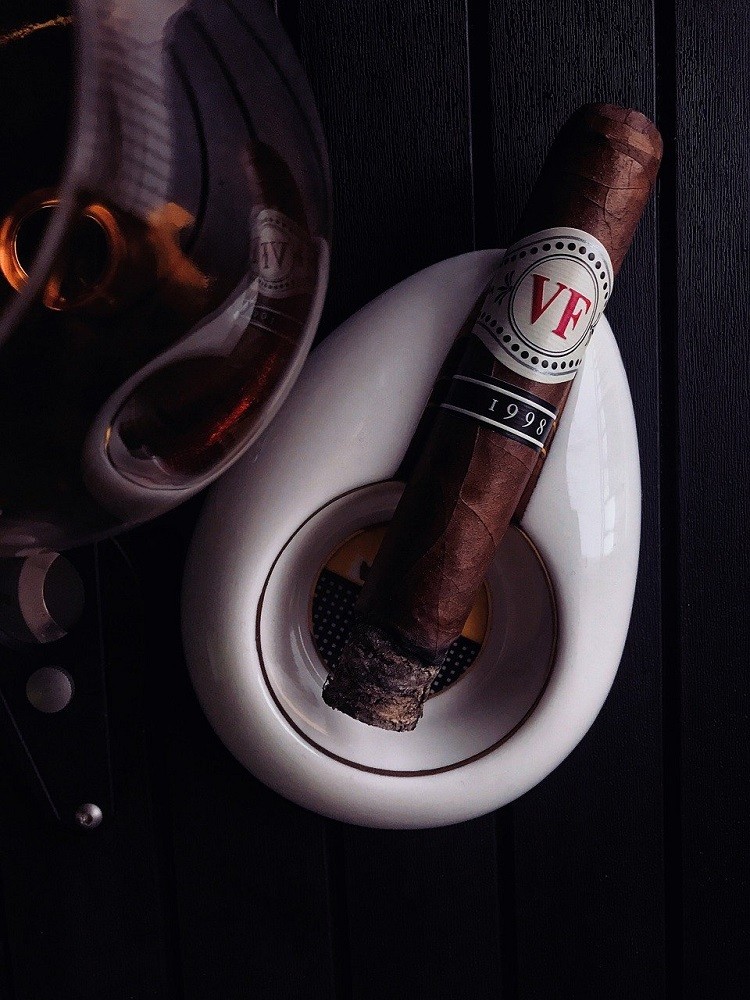
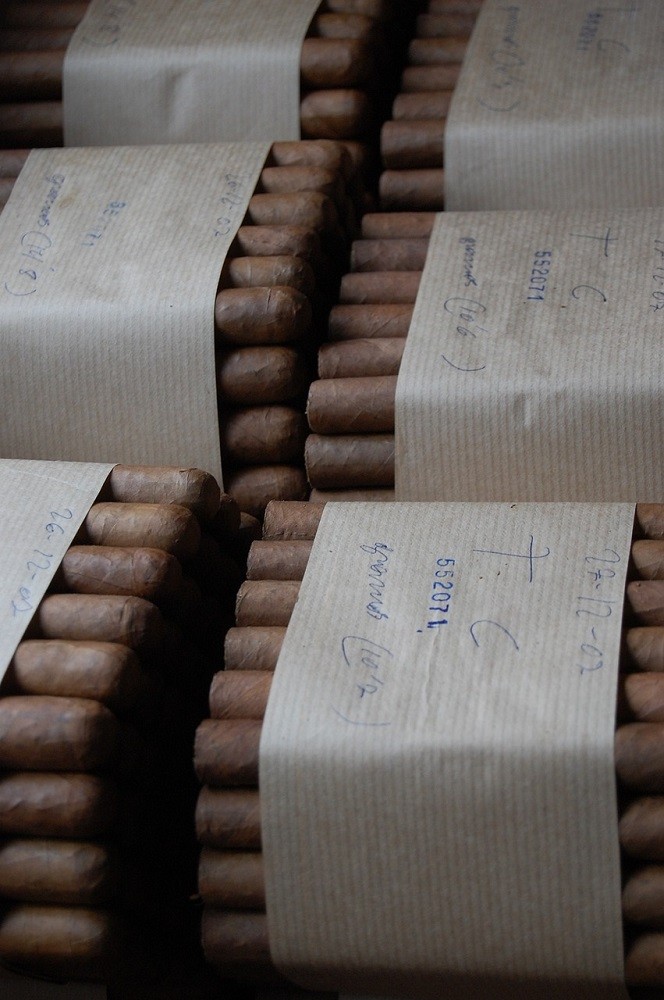


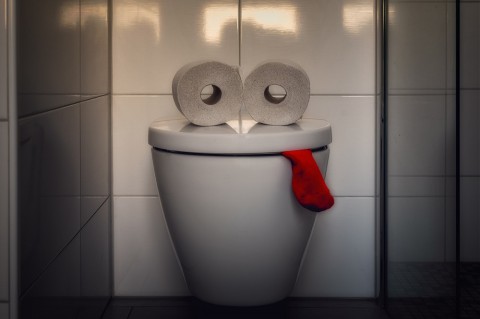
Comments